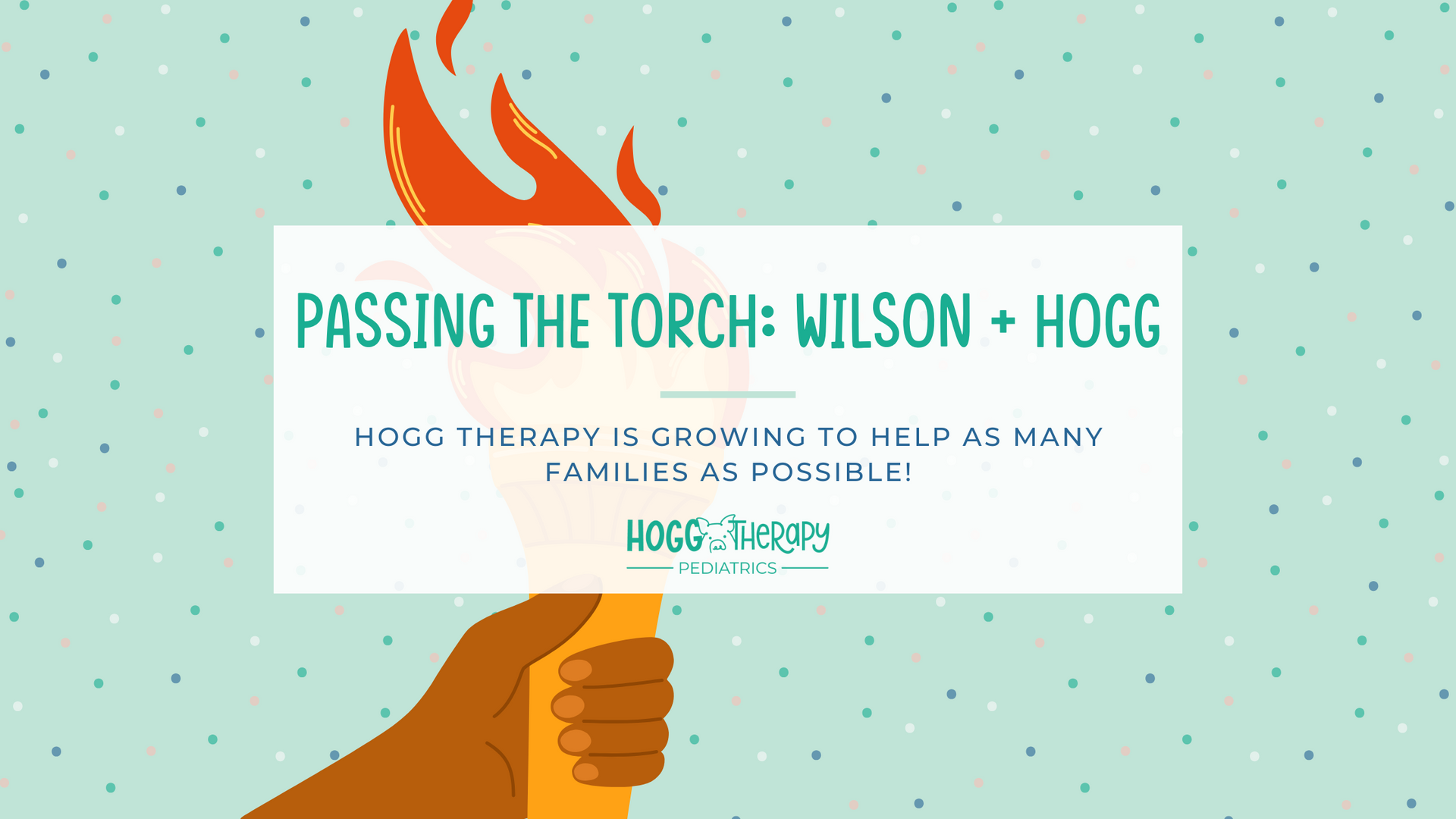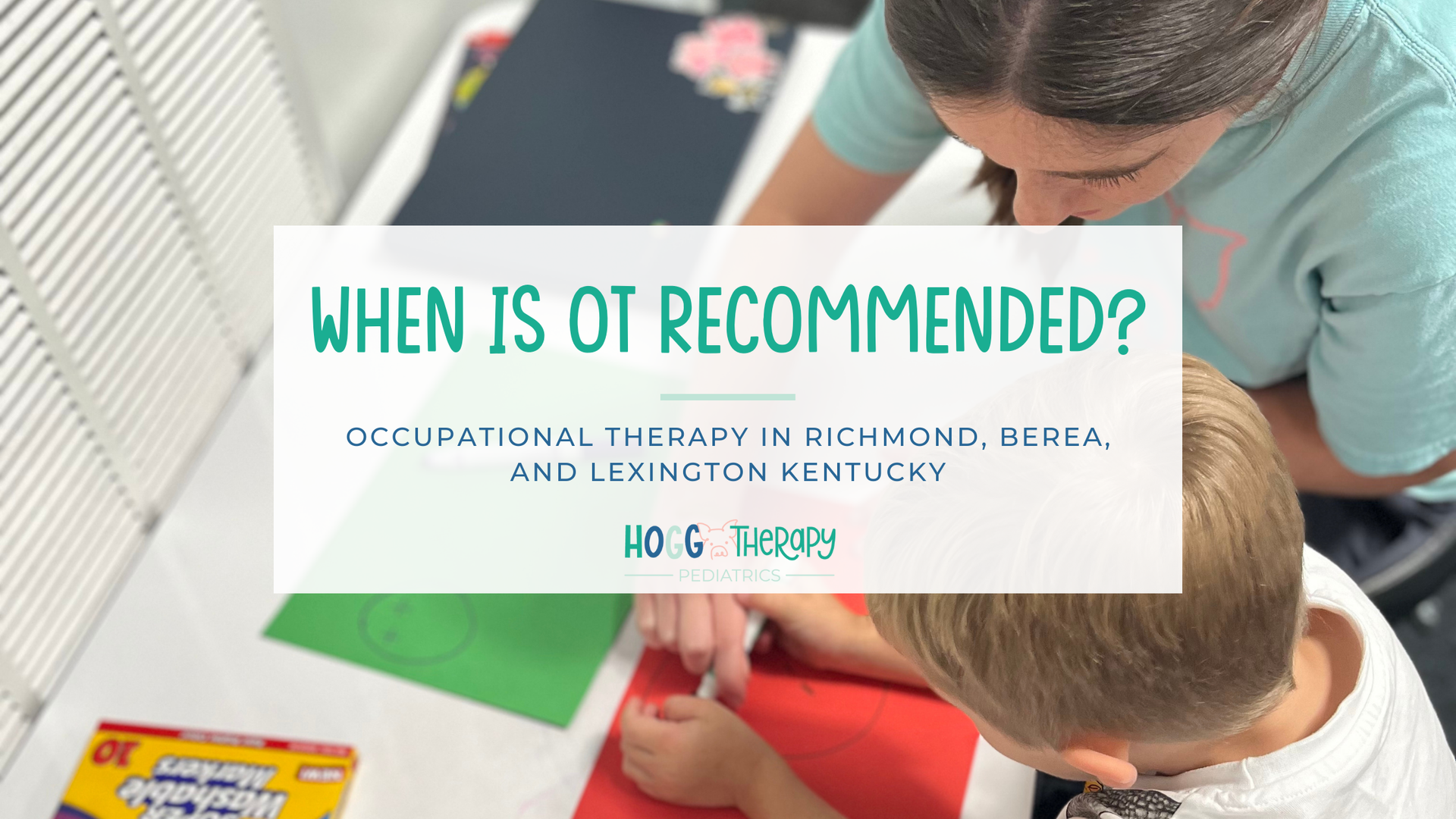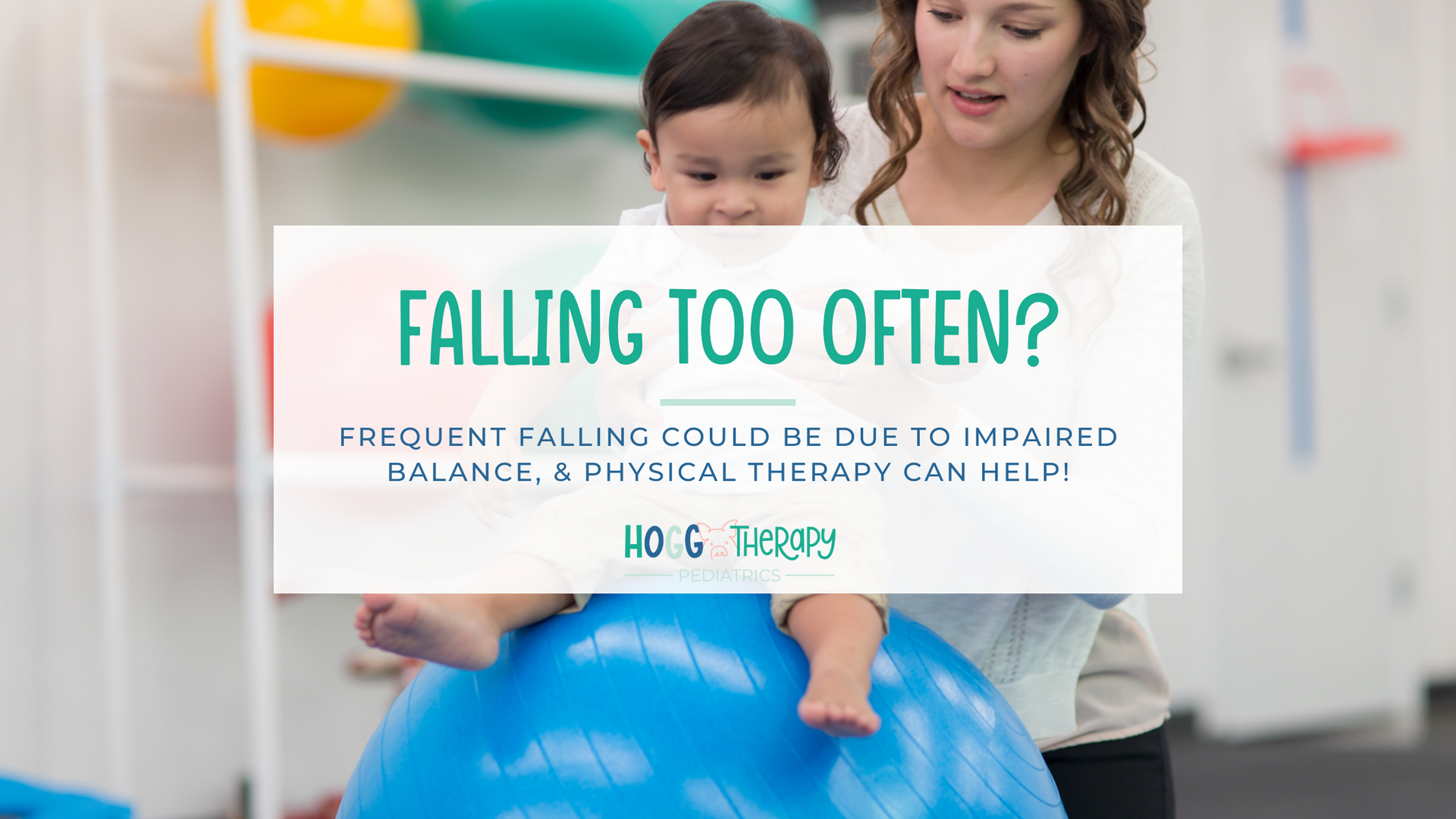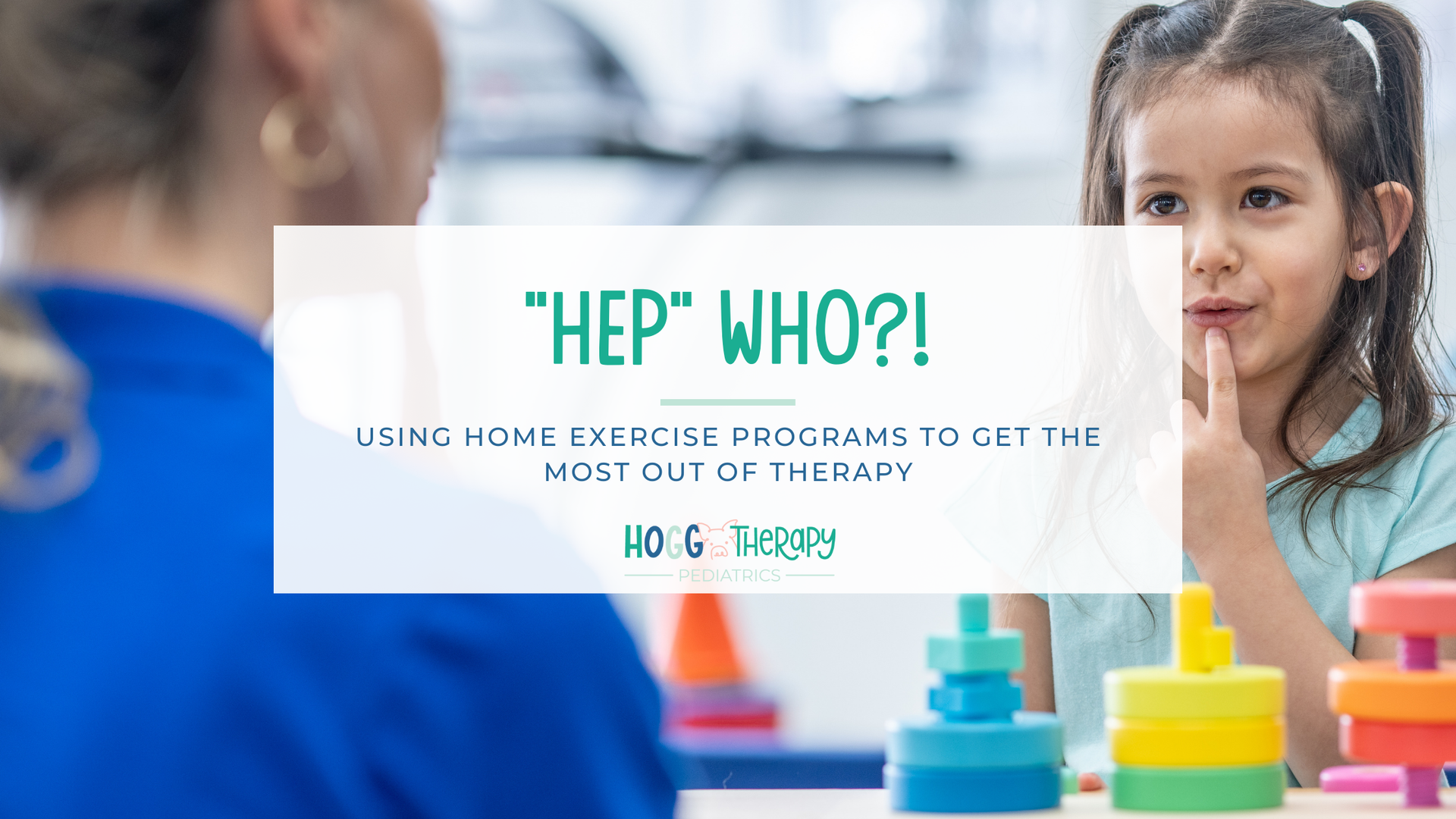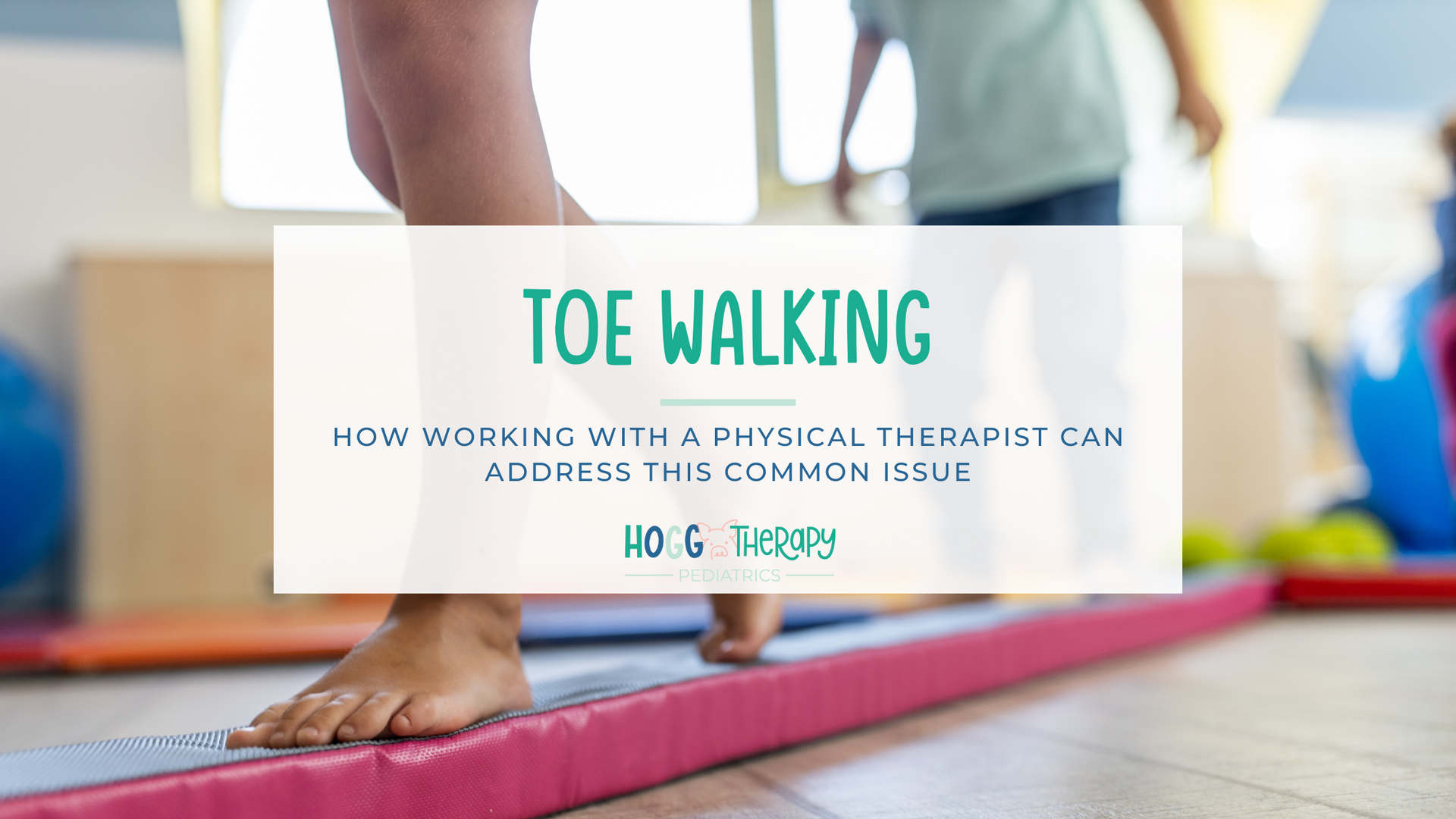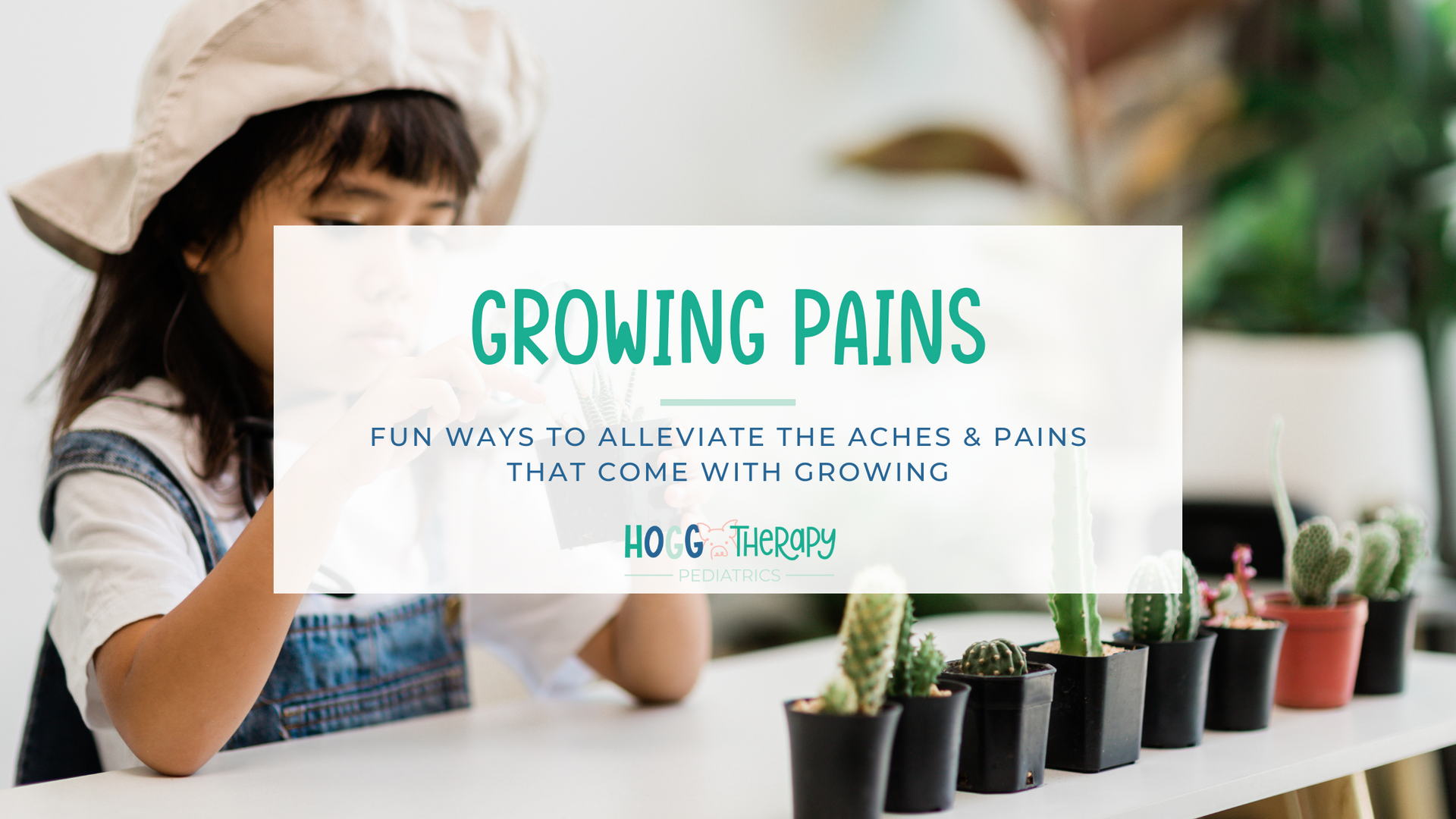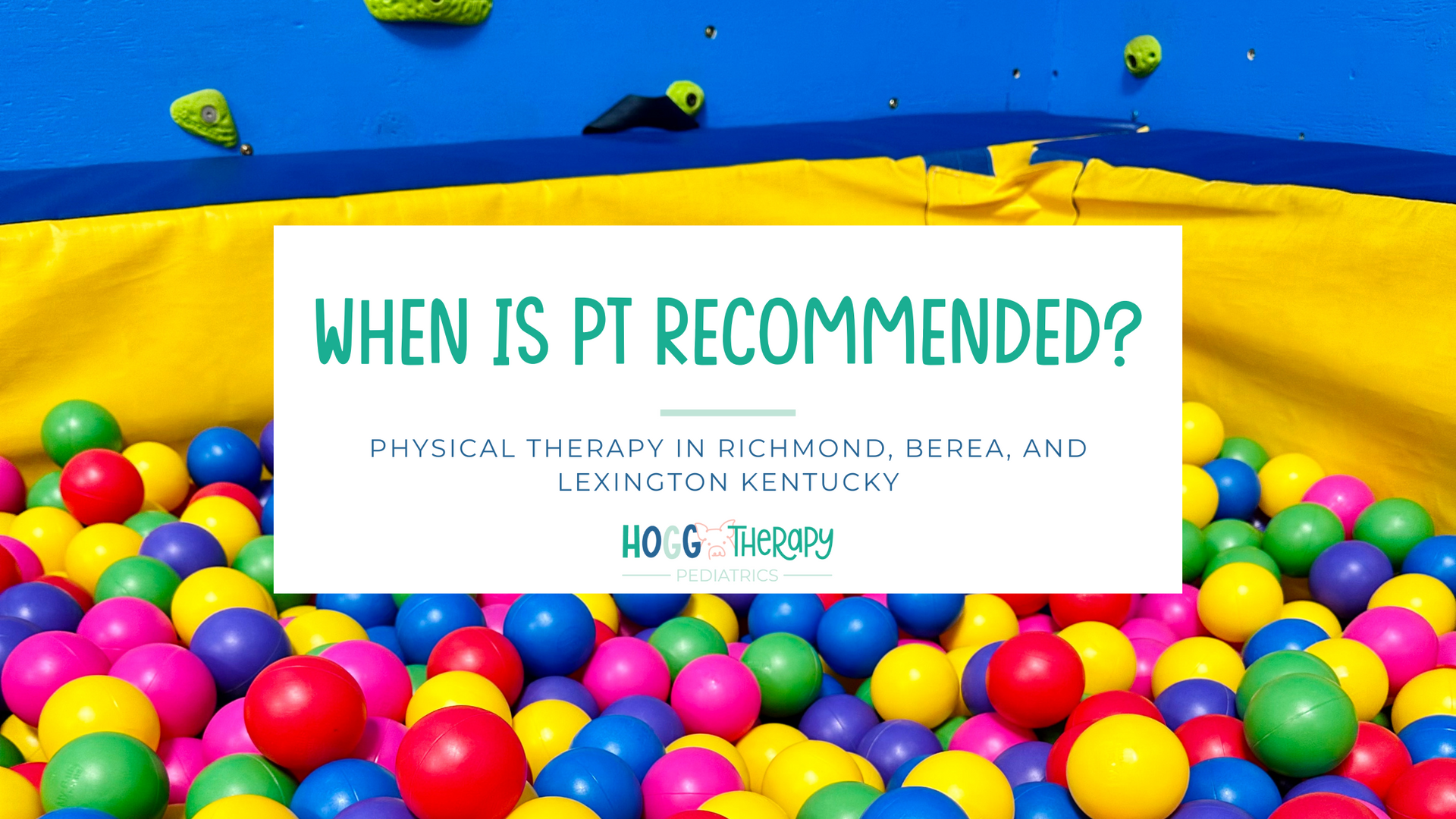Pediatric Foot Development
By: Jacob Roberts, PT, DPT
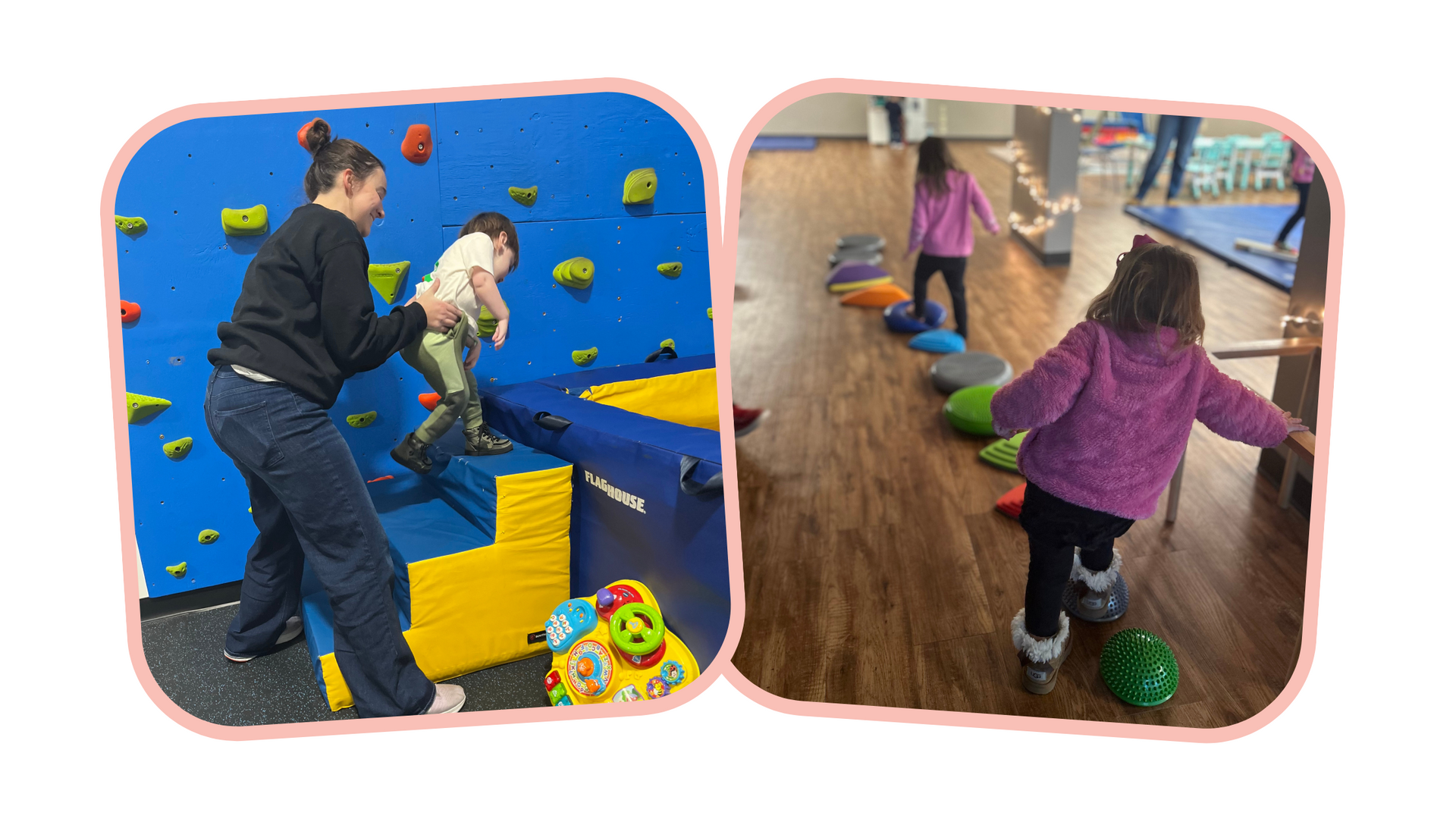
pediatric foot development: building a firm foundation
A person’s legs and therefore their feet have to support the weight of the body in motion for 5,000 steps per day per foot for 70 years. Therefore, our feet are very important. As pediatric therapists, we focus on overall foot development to allow for good development of standing and walking.
At full gestation, the lower leg and foot are rotated inwards, with an average foot length of 7.6 cm (2.9 inches). Gross motor skills develop linearly, following a path of sitting, crawling, standing, then walking. All of this allows for a child to develop the appropriate postural control and functional mobility that leads to skeletal maturity. Skeletal maturity allows for our feet to support our bodies for a lifetime.
Shoes also play a large role in foot development throughout infancy and childhood. To strengthen our feet, we want to be barefoot as much as possible. Standing and walking on bare feet between the ages of 10 months and 2 years, allows for all the small muscles in our feet to strengthen, allowing for appropriate toe function and creating the arches of the foot. However, we cannot be barefoot all the time. Shoes should be protective with a wide toe box, a solid yet flexible sole, and a firm top cover.
Children around the age of 1 year old present with ankle pronation; this is when the arch of the foot is absent. This is an expected position. Over several years of fine-tuning walking skills and building foot/ankle strength, the arch of the foot will develop. Research shows that the arch of the foot is fully developed around 8 years old, and that the pronated footed is possibly the norm even at five years old. Shoes also play a role in the development of the arch of the foot. Research has shown that barefoot activities facilitate arch development more compared to wearing shoes during play.

the purpose of our feet & timeline of growth
The purpose of our feet is to support the entire body, adapt to surface changes in the environment, and absorb shock while walking. Following are the growth characteristics of feet in children from ages one to five:
- Under 15 months: a child’s footwear increased by half a size about every two months.
- From 15 months to two years: 1/2 size increase occurred every two to three months.
- From two to three years: a 1/2 size increase occurred every three to four months.
- From three to five years: a 1/2 size increase occurred every four months.
- Boys’ feet tended to average one size longer and one size wider than those of girls.
- Width growth remained proportional to length growth throughout the study.
- By 12 years, the feet are 90% of their adult size and width

how physical therapy can help
As your child’s PT, we are assessing foot mobility and strength during gross motor play and while walking and running. Since the feet are so important to development, there are times that PTs will recommend orthotics, or braces, for your child’s feet. These orthotics allow for the bones and joints of the foot to be placed in appropriate positions so the muscles around those joints can strengthen. This is giving your child a component base to allow for continued and appropriate development. Even the exercises performed during therapy and at home allow for foot and ankle strengthening to continue promoting a component foot and base of support. Be sure to talk to your child’s therapist about their foot development, and determine the best path for foot development that involves barefoot play, shoes, and braces (if needed).
If you notice that it is difficult for your child to walk, or they are presenting with frequent falls or have other balance concerns, contact us to determine if PT and braces are necessary to provide resources to promote effective gross motor development and foot development. Call
(859) 353-3666, or fill out our
Patient Inquiry Form to get started.

